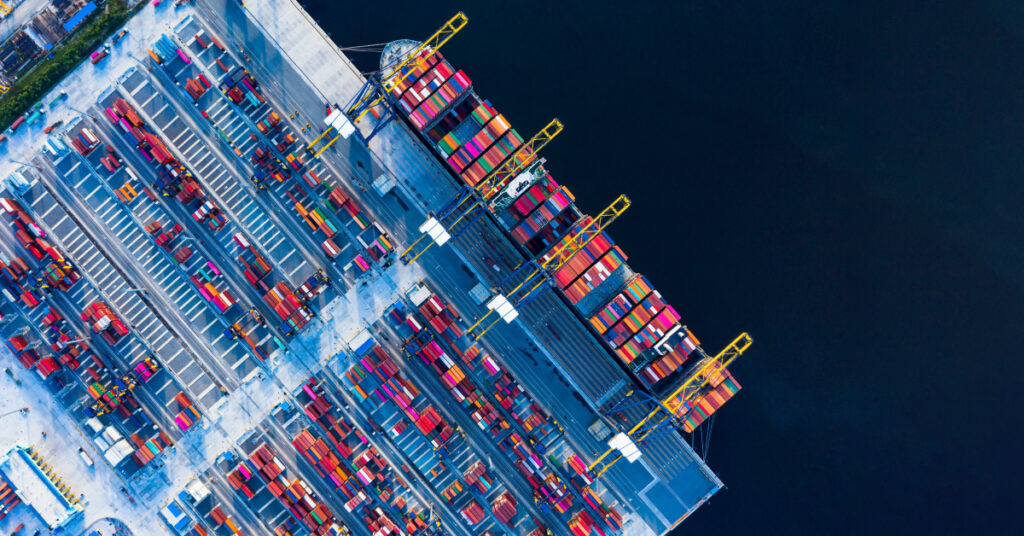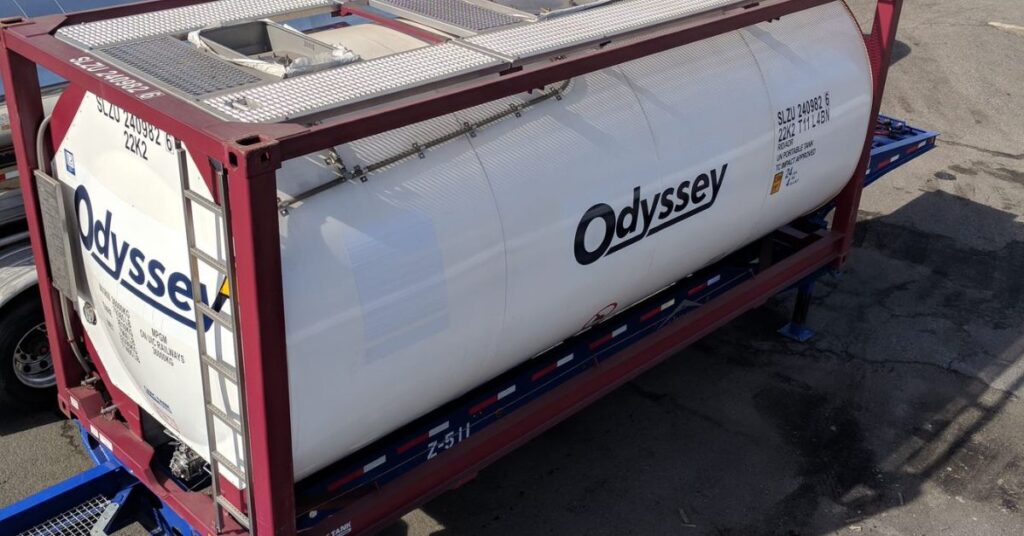Supply chain visibility – the tracking of in-transit parts, components or products from manufacturer to final destination-, supply chain visibility has long been seen as the “Holy Grail” of supply chain management. For decades the notion sounded great in theory, but in reality very few organizations knew how to address, attain or harness it.
Fast-forward to 2023 and thanks to advancements in technology and changing customer expectations, supply chain visibility is now viewed as a key foundational capability. Because transportation, freight and logistics all play critical roles in the product-focused supply chain, infusing technology into some or all of these processes can help unlock higher levels of visibility.
A former Gartner analyst, project44’s Bart De Muynck says freight visibility platforms can provide a road map for all other types of supply chain data. He also says more companies of all sizes will begin to utilize freight visibility tools in the future.
“I think visibility is going to continue to expand. We see more and more companies come in. It’s a very democratic solution in the sense that it’s not just for the biggest companies,” De Muynck tells FreightWaves. “Visibility has been like that from day one. Everyone can use it.”
Achieving logistics agility
Empowered by supply chain management (SCM) technology, supply chain visibility delivers real-time logistics data and insights into various aspects of the supply chain. “…through this technology, a company might review metrics that indicate impending supply chain shortages before they become severe and find ways to adapt, remove bottlenecks or reposition to meet goals, compliance requirements and delivery obligations,” TechTarget points out.
Over the past few years, supply chain disruptions have been in the headlines for a variety of reasons, from shortages of baby formula to basic food staples. Concurrently labor shortages have left companies struggling to hire and retain workers, meanwhile, strikes continue to threaten transportation lines.
Companies with high levels of supply chain visibility are often best positioned to manage or even avoid these and other roadblocks. “As the supply chain becomes more complex to answer consumers’ needs and respond to geopolitical, climate and social challenges, action without visibility across the ecosystem can remove any semblance of organized tracking or transparency,” Cleo’s Frank Kenney writes in Supply & Demand Chain Executive.
“Full visibility across the ecosystem is required to understand the opportunities and risks of various transportation options,” Kenny adds. “This sets up logistics companies to overcome challenges as they arise. With prior planning, alternative routes can be created and tracked to achieve logistics agility.”
Stop playing catch up and get in the game
In Supply Chains Playing Catch Up On Visibility Technology, Supply Chain Digital’s Sean Ashcroft says having a clear, end-to-end picture of one’s supply chain at any given moment in time is the goal. “As the past two years of conveyor-belt shocks to supply chains has shown us, visibility has never been more important,” Ashcroft adds. “Yet knowing what is needed and achieving it are two very different things.”
Citing a recent report that found just 13% of firms can map their entire supply chain network—and that up to 22% have no visibility beyond their immediate suppliers—Ashcroft says benefits of good supply chain visibility include improved strategic planning, lower transportation costs and improved lead times. And when they know what’s “coming next,” so to speak, companies can address any underlying logistical or transportation challenges before those issues turn into major problems.
By investing in visibility tools, companies can also better position themselves to attract and retain customers; create customer service efficiencies; and automate manual processes to save time and resources, writes Wesco International’s Jeff Wood in Inbound Logistics. “In doing so,” Wood continues, “these organizations gain a competitive advantage in an increasingly challenging market.”
Odyssey offers its clients access to a multi-modal infrastructure that leverages multi modes of transportation to complete shipments. Paired with our automated transportation management systems (TMS) our clients have visibility, transparency and control, unlocking new possibilities for overcoming disruptions.








